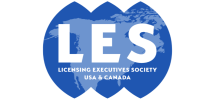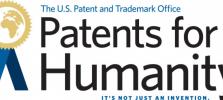Nanobodies Neutralizing Lassa Virus
Lassa Hemorrhagic Fever (LHF) is a serious disease caused by infection with Lassa virus (LASV) – highly prevalent in West Africa and spreading globally. LASV is associated with high morbidity and mortality rates, annually infecting 100,000 to 300,000 individuals and causing 5,000 deaths. Developing prophylactics and treatment for LASV is difficult due to challenges in inducing neutralizing antibodies and producing their target, the LASV glycoprotein trimer (GPC).



